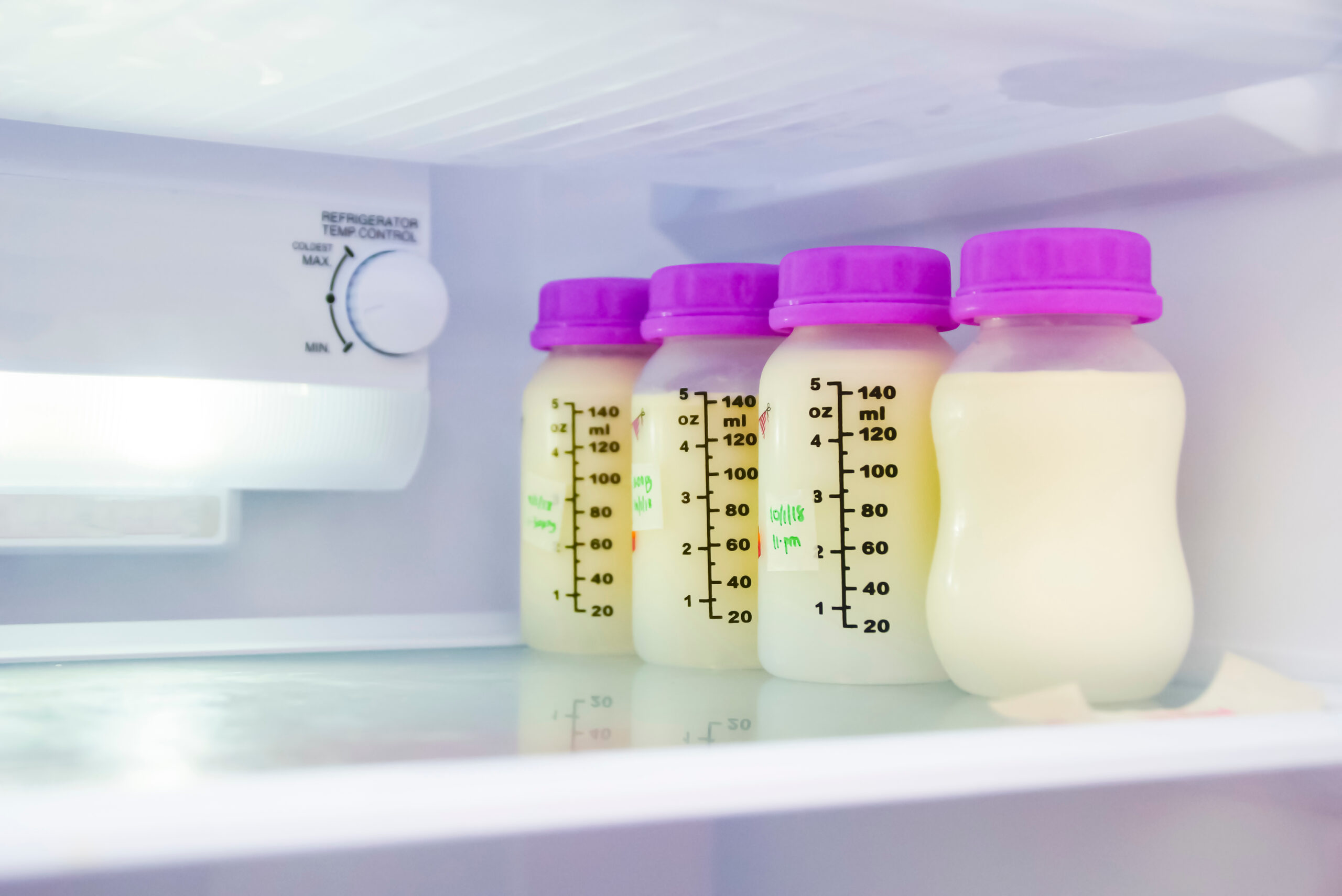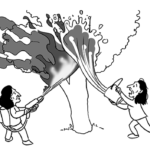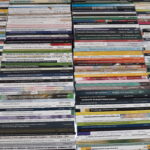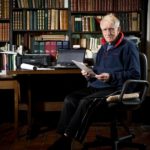Premature babies have an underdeveloped gastro-intestinal tract and immune system. Substances such as insulin in breastmilk stimulate the development of these systems. Some of the milk comes from donor mothers who express the milk at home, freeze it and deliver it to the breastmilk bank.
In the process, pathogens such as bacteria can get into the milk, so the breast bank pasteurizes it. ‘A big disadvantage of that is that heating damages all kinds of useful substances, such as antibacterial components, antibodies and hormones,’ says Kasper Hettinga, associate professor at Food Quality and Design.
High pressure and vibration
The researchers started looking for alternatives to pasteurization. ‘Irradiating the breastmilk with UV light of a specific wavelength, namely UV-C, appears to be the best method,’ says Hettinga. The radiation damages the DNA of bacteria in the milk, preventing these microbes from dividing, so they die. Hettinga and his colleagues studied how the UV light affects the insulin in the milk. ‘When you pasteurize milk, you lose about half the insulin; with the UV treatment you lose only six per cent, whereas it does kill the bacteria.’
The important thing is the balance between killing pathogens and preserving as many of the healthy substances as possible
UV radiation was not the only method the scientists tested. They also submitted the milk to high pressure, heated it briefly to a high temperature, and sent powerful vibrations through it. Each of these three methods killed the bacteria in its own way, but the brief heating killed insulin as well. And the other two methods were not ideal either. During previous studies, the scientists demonstrated that those methods destroy other healthy milk components such as proteins.
Light in the darkness
‘In the end the important thing is the balance between killing pathogens and preserving as many of the healthy substances as possible,’ says Hettinga. UV light seems to come out as a clear winner but applying this method on a large scale is challenging. Milk is an opaque liquid and the UV light does not therefore penetrate far into it, so only the outer layer gets sterilized. In the lab, the researchers stir the milk until a UV lamp has killed all the microbes, but that can’t be done in the same way with large quantities of breastmilk.
The difficulty lies in the fact that the breastmilk bank keeps the milk of each mother separate to avoid possible cross-contamination. The milk therefore has to be treated bottle by bottle, but in large batches. Nevertheless, Hettinga takes an optimistic view. ‘This is not my area of expertise, but I believe my colleagues can solve this problem.’
Before the breastmilk bank can start using the alternative method, the milk sterilized with UV light will first have to undergo clinical testing. That part of the study will be undertaken by the scientists at Amsterdam UMC.
The scientists published their results in Clinical Nutrition.

 Foto Shutterstock
Foto Shutterstock 

